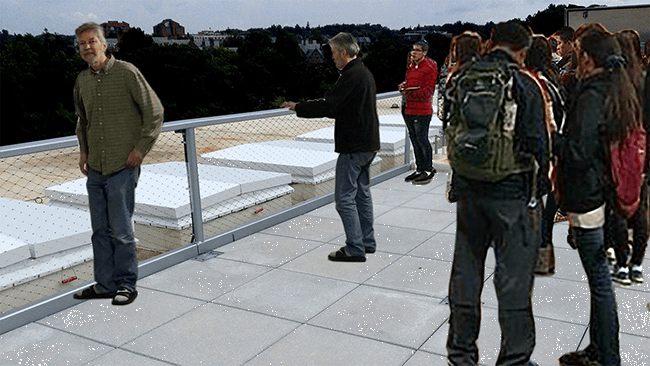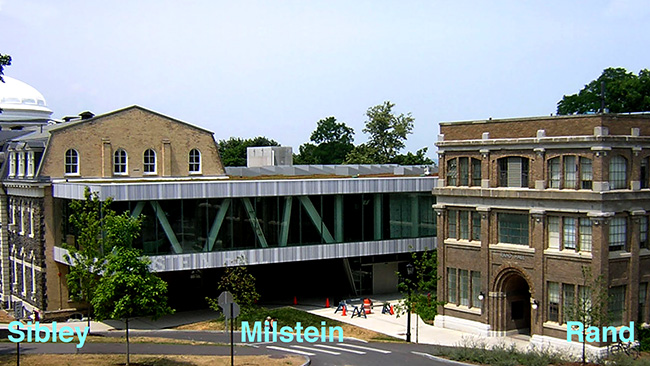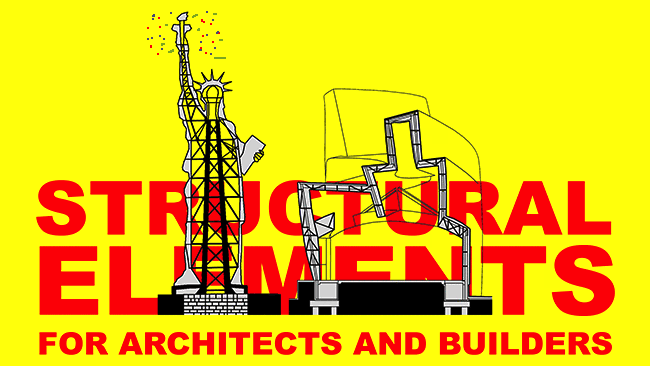As I have been alternating new (original) songs and covers, it’s time for me to re-imagine this hit (recorded in 1980 but released as a single in 1981) from Daryl Hall and John Oates, with Sara Allen also given song-writing credit. I can’t possibly replicate Daryl Hall’s energetic vocal or mimic the particular rock genre — characterized later as “yacht rock.” The tempo of my version is somewhat faster, but with the snare drum slowed down into a half-time feel and a decidedly more bluesy articulation.
Author Archives: jonochshorn
Puzzle of the Heart
I wrote this song in January and February of 2021, then worked on the piano/vocal arrangement for another month or so, recording it live on March 21, 2021 (while simultaneously shooting the video using my iPod Touch mounted on a tripod perched precariously with one leg on the piano and the other two legs straddling my computer keyboard. This is a love song of sorts with my own intuited jazz-inflected chord changes. Try out a 14-bar verse yourself: | Cmaj7 | Eb | Dm | C# | E | Emaj7 | Dm – G | repeat. Or perhaps you would prefer to try the 9-bar chorus: | Cmaj7 | Fm – C# | B | Bb | Ebm – B | Amaj7 | Ab | C# | Fm | Dm – G |. And sorry for mixing up flats and sharps: it’s how I understand the changes, even if it doesn’t correspond to proper musical notation.
Find links to all my music here.
The River
In my chronological quest to record covers of songs that were somehow influential in my musical/emotional development, I’ve finally left the 1970s! Inaugurating the new decade is Bruce Springsteen’s fine working-class anthem, “The River,” first released in 1980. The truth is, I didn’t really know the song until much later, but still…
This version is recorded live, at least the basic piano and vocals, with the video recorded simultaneously from two vantage points: the sucky iSight camera in my old iMac, and my relatively new iPod touch mounted on a tripod behind the piano (visible in the iMac segments). I then added acoustic guitar, harmonica, and—using Logic Pro’s software instruments—drums and bass. I edited the video using Final Cut Pro, making everything black and white in order to work around the horrible color quality of the iMac video segments. In this respect, I must disagree with Paul Simon’s assessment in “Kodachrome” that “everything looks worse in black and white.” In fact, the opposite is often true.
All of my music and music videos can be found here.
Walking in Circles
This is a song written out of desperation: I needed some “material” and so decided to write about my daily walk down the hill to the Ithaca Commons (more or less) and then back up the hill. The images in the video that I shot to document the walk became the subject of the song, albeit with a bit of poetic license intended to draw some larger meaning from the experience.
Find lyrics and other production notes on the official “Walking In Circles” website. And find links to all my music and music videos here.
Building Bad
I’ve written a book called Building Bad: How Architectural Utility is Constrained by Politics and Damaged by Expression. Although the book won’t be released until June 15, 2021, the publisher, Lund Humphries, has decided to “introduce” it through various social media (Twitter, blogs, and so on). I created a short video “trailer” for that purpose which was embedded in the publisher’s blog post, but you can also view it here.
The Lund Humphries blog also features a short “reflections” piece that I wrote:
My interest in architectural utility — as it relates to both expression and what might be called “politics” — evolved over many years. In 1983, I began considering the perverse logic of competition that drives architectural fashion. Several years later, I argued that the strategic separation of architecture into its “art” and “science” components allows architects to largely abstract from technical content in the process of designing expressive buildings. While there is still some truth in that hypothesis, I began to see the split between art and science as increasingly problematic, not because it threatens some ideal of aesthetic integrity, but rather because, in its very nature, it compromises the utilitarian functionality of buildings.
By 2006, I began systematically writing about the dangers of separating architecture’s expressive and utilitarian functions within the design process, and also began to examine the two characteristics of architectural utility brought together in this book: first, that lower and upper limits on utilitarian function are established by politics and economics; and second, that utilitarian functionality is sacrificed at the altar of avant-garde architectural expression.
In Building Bad, I cite many buildings and projects as examples of utilitarian dysfunction or compromise, some close at hand (Rem Koolhaas’s architecture building and I.M. Pei’s art museum are both at Cornell University, where I have been teaching since 1988), and others farther removed in time or space, including Mies van der Rohe’s campus buildings at I.I.T. in Chicago, Peter Eisenman’s Wexner Center at Ohio State University; Frank Gehry’s Stata Center at M.I.T., Zaha Hadid’s Pierresvives in Montpellier, Daniel Libeskind’s Freedom Tower, and many others.
In analyzing such buildings in terms of architectural expression and utility, my goal is neither to advocate for a particular architectural style — least of all my own — nor to condemn contemporary practice on the basis of its moral shortcomings. Instead, I examine architecture from an objective standpoint, and explain what it is, not what it should be. For that reason, I make no attempt to show how architectural expression and utility might be made more useful — less dysfunctional — since such idealism runs up against the very culture within which this dysfunction is valued.
The book’s subtitle — how architectural utility is constrained by politics and damaged by expression — is therefore not intended as a call to action to promote reform. The question posed in the epilogue — ”whether and how the art of architecture can adjust its trajectory so that it aligns with the most fundamental requirements of building science” — remains unanswered, as it must: Architecture’s dysfunction, running parallel to the dysfunction of society as a whole, constitutes an essential feature of avant-garde production, not a flaw. This dysfunction is consistent with and, in fact, thrives within the ethos of human and environmental damage that undergirds modern democratic states.
Mui Ho Fine Arts Library Code Appeal filed
Why would an architect place an occupied roof deck adjacent to smoke exhaust vents?

Smoke exhaust vents for the Mui Ho Fine Arts Library atrium form the northern boundary of a roof-top assembly space, as discussed in Exhibit 2 (Violation #5) of my Code Appeal. Animation and underlying photo by Jonathan Ochshorn.
For the full answer, you’ll need to read my forthcoming book, in which I explain how architectural utility is constrained by politics and damaged by expression (published by @LHArtBooks) and due in early 2021.
But the short answer is that this building—the Mui Ho Fine Arts Library in Rand Hall at Cornell University—was designed from a purely aesthetic standpoint (for all the reasons that motivate artists to “defamiliarize” their work and heroically court danger by pushing the envelope in order to claim avant-garde status). This is often done under the mistaken impression that errors and omissions can be fixed later by engineering and fire safety consultants. However, it turns out that when you combine that sort of arrogance with a lack of interest in mundane concerns like life- and fire-safety—and when those dangerous attitudes are validated by your powerful client and by a code enforcement infrastructure that doesn’t have the time or expertise to ensure adequate enforcement—the violations often remain, placing students, staff, faculty, and visitors in danger.
You can read about these smoke exhaust vents and all nine alleged Code violations in my Appeal Application.
Links to all my articles and blog posts on the Fine Arts Library are here.
Palestine and academic censorship

My open letter to the Dean of Cornell’s College of Architecture, Art & Planning, on the subject of academic censorship and intimidation, was recently published in The Funambulist. Here’s a link.
NYS Code Appeal: Life safety issues at Cornell’s Fine Arts Library
[Updated Nov. 26, 2020 here] Life safety issues—and not just due to the coronavirus—continue to threaten the safety of students, staff, faculty, and visitors at Cornell. I am appealing determinations by the City of Ithaca Building Division and the NYS Division of Building Standards and Codes Oversight Unit concerning the compliance of the Fine Arts Library in Rand Hall at Cornell University with the 2015 New York State Building Code. My entire appeal application including all exhibits can be found here. Links to all my writings about the Fine Arts Library are here.

Third Edition of Structural Elements textbook now available with free download!

Buy the new, low-cost paperback third edition of Jonathan Ochshorn’s Structural Elements for Architects and Builders or download a FREE unrestricted PDF here.
Acoustic Cover of Tom Petty’s “Here Comes My Girl”
I’ve been recording covers of songs—one from each year starting in 1963, with a different artist each time. I’m excited to be saying goodbye to the 1970s with this semi-acoustic cover of Tom Petty’s classic song from one of the best albums of 1979: “Damn the Torpedoes.”
Find links to more covers and original compositions on my music homepage.
